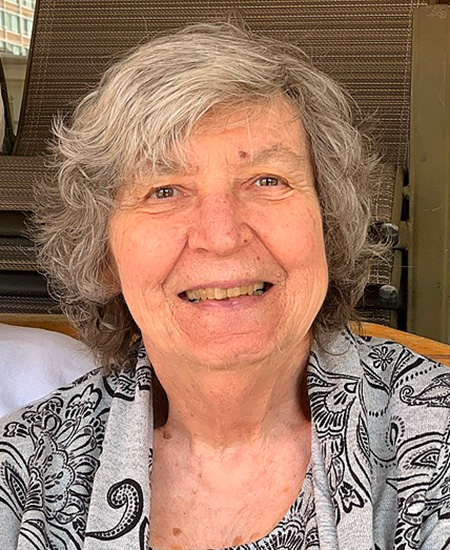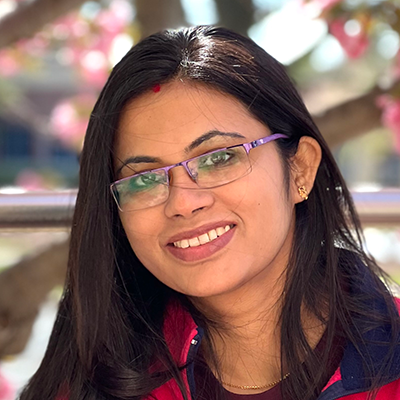In memoriam: Margaret Fonda
Margaret Lee Fonda, a pioneer in biochemistry education and a member of the American Society for Biochemistry and Molecular Biology since 1972, died July 25 in Louisville, Kentucky. She was 82.

Born July 13, 1942, in Cleveland, Ohio, to Albert and Jean Loweth Fonda, she grew up in Alexandria, Virginia, and attended Salem College in North Carolina, then transferred to the University of Delaware where she received her BS in chemistry in 1965. At the University of Tennessee, she earned her Ph.D. in biochemistry in 1968.
Fonda pursued postdoctoral study at Iowa State University where she worked with biochemist David E. Metzler, studying interactions of pyridoxalphosphate analogs with aspartate aminotransferase, and also developed computer methods to generate the spectra of the enzyme-inhibitor and enzyme-substrate complexes and study various physiochemical parameters.
Fonda started her independent research career as a lecturer in the biochemistry department at the University of Louisville School of Medicine, Kentucky at the age of 28 in a department led and dominated by men. According to a news obituary, she was one of few women teaching at the time and was also younger than many of her students, who were mostly male.
In her lab, Fonda initially aimed to find activities of different decarboxylase and aminotransferase in mouse brains. Later, she extended her research to explore the effect of modifications of vitamin B6 phosphatase and pyridoxal phosphatase present in human erythrocytes. She published more than 39 papers in peer-reviewed journals and had over 965 citations.
In 1976, Fonda married George Herbener, a colleague at the medical school, and they retired together in 1995. The two volunteered for the Nature Conservancy and assisted the education department of the Louisville Zoo as docents for decades. Fonda loved to travel around the world and was a skilled photographer.
Fonda was preceded in death by her husband. She is survived by a sister, her five stepchildren and extended family.
Enjoy reading ASBMB Today?
Become a member to receive the print edition four times a year and the digital edition monthly.
Learn moreGet the latest from ASBMB Today
Enter your email address, and we’ll send you a weekly email with recent articles, interviews and more.
Latest in People
People highlights or most popular articles

Fueling healthier aging, connecting metabolism stress and time
Biochemist Melanie McReynolds investigates how metabolism and stress shape the aging process. Her research on NAD+, a molecule central to cellular energy, reveals how maintaining its balance could promote healthier, longer lives.

Mapping proteins, one side chain at a time
Roland Dunbrack Jr. will receive the ASBMB DeLano Award for Computational Biosciences at the ASBMB Annual Meeting, March 7–10, just outside of Washington, D.C.

2026 voter guide
Learn about the candidates running for Treasurer-elect, Councilor and Nominating Committee.

Meet the editor-in-chief of ASBMB’s new journal, IBMB
Benjamin Garcia will head ASBMB’s new journal, Insights in Biochemistry and Molecular Biology, which will launch in early 2026.

Exploring the link between lipids and longevity
Meng Wang will present her work on metabolism and aging at the ASBMB Annual Meeting, March 7-10, just outside of Washington, D.C.

Defining a ‘crucial gatekeeper’ of lipid metabolism
George Carman receives the Herbert Tabor Research Award at the ASBMB Annual Meeting, March 7–10, just outside of Washington, D.C.

